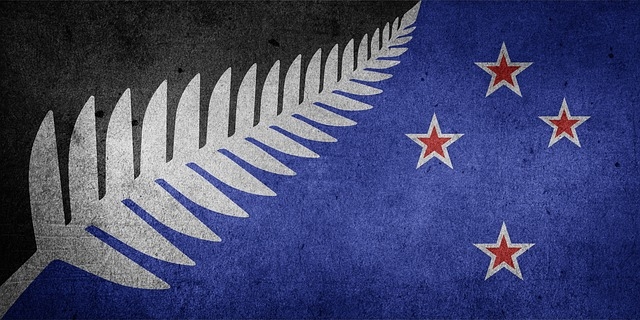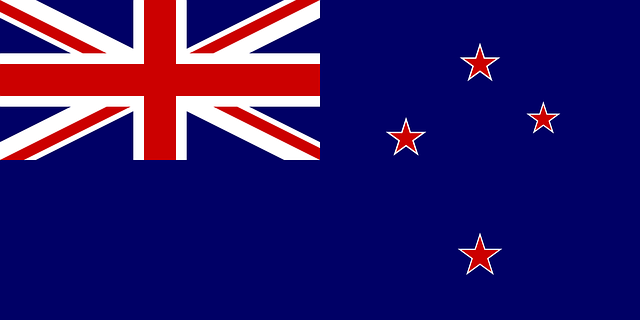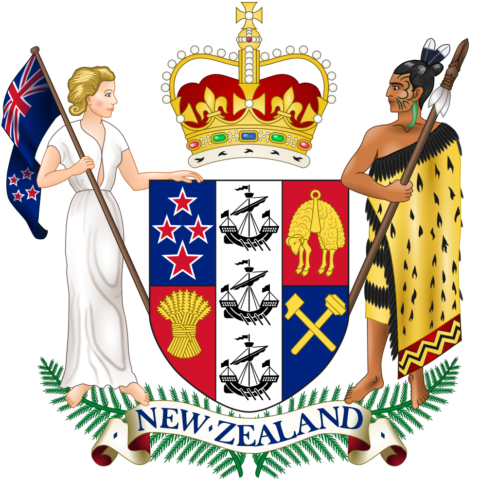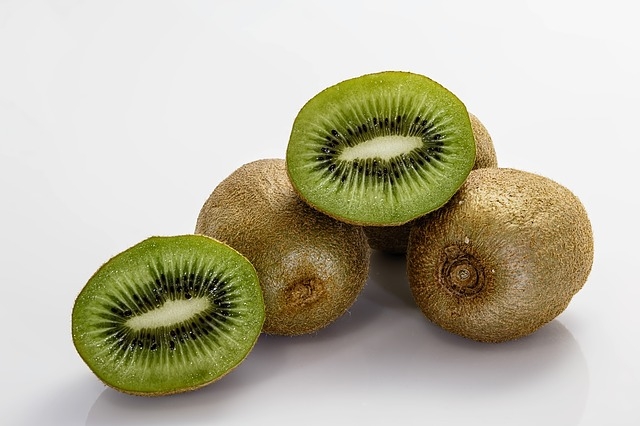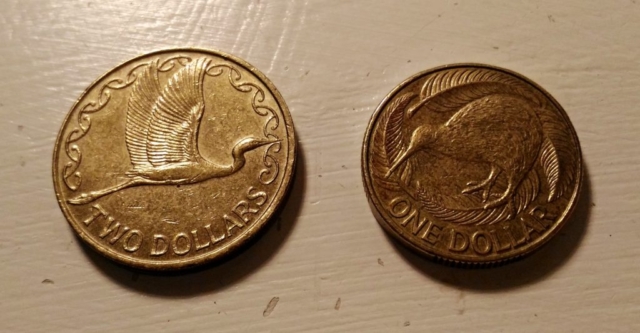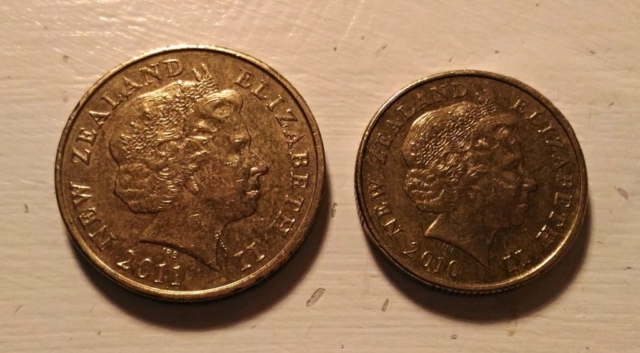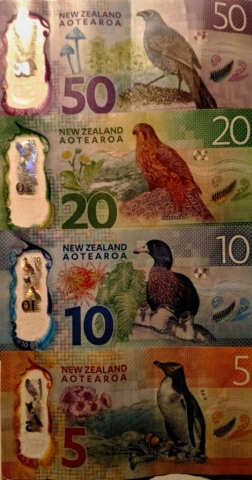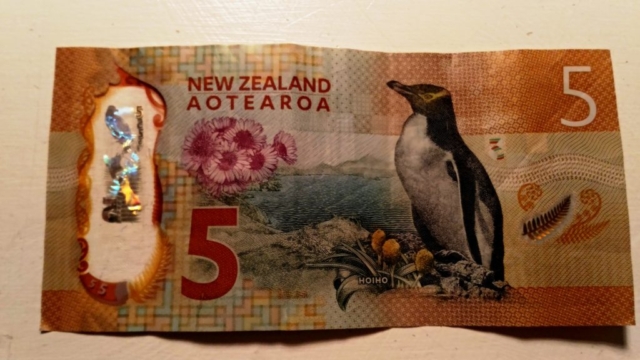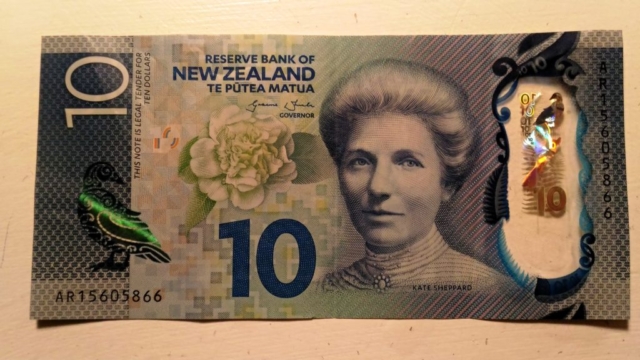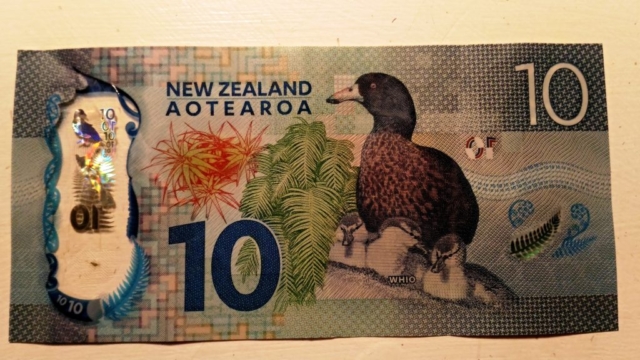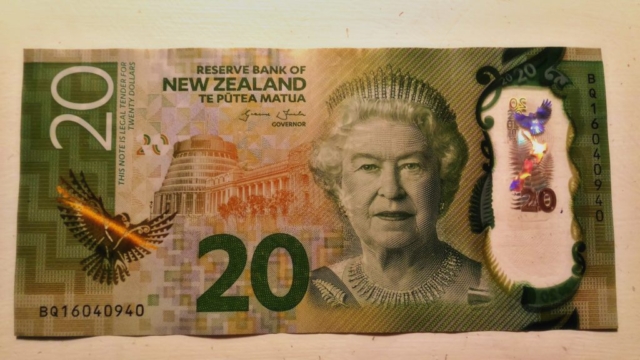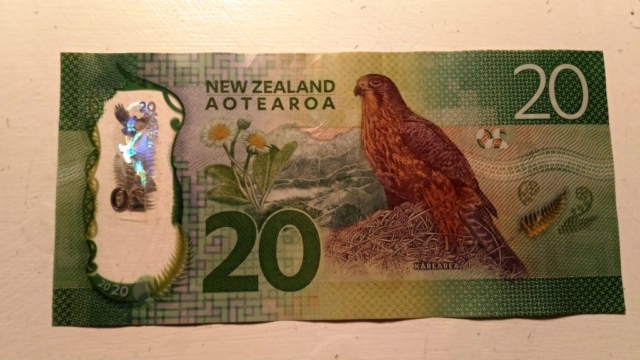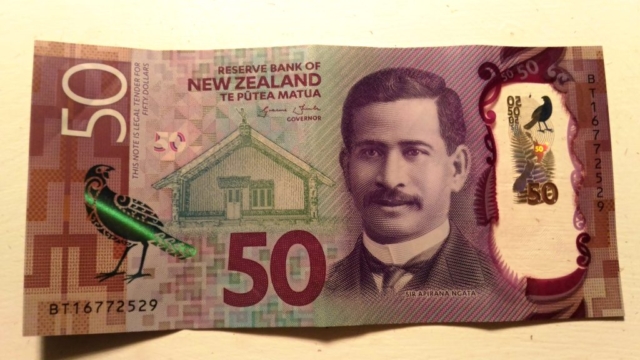Flag
- The first flag (the flag of the United Tribes of New Zealand) was adopted in 1834. It was 6 years before the separation of New Zealand from New South Wales.
- The current flag was designed and adopted in 1869. It is blue with four red stars and a British flag in the upper left corner.
- There was a debate about changing flag for decades. Preliminary results of the first referendum were announced on 11.12.2015. The winning flag was blue-black with silver ferns and red stars. Unfortunately, this flag proposal did not win a second referendum, the result was 56.7%: 43.3%.
Design
- The flag combines 3 heraldic crosses to represent the countries of the United Kingdom (St George’s Red English Cross, St Andrew’s White Diagonal Cross, and St Patrick’s Red Diagonal Cross in Ireland) – this part reflects the fact that New Zealand was a British colony.
- The constellation of the Southern Cross is one of the distinctive features of the southern hemisphere sky and has been used to represent New Zealand since the early days of European settlement.
Coat of arms
- Represents the island country of the South Pacific.
- Design reflects New Zealand history with a European female figure on one side, bearing the flag of New Zealand, and Māori rangatira on the other side.
- The coat of arms shows a shield with several fields. In the first one, the four stars represent asterism in the constellation Crux, in the second the gold fleece shows the agricultural industry, as in the third field a bundle of wheat. In the fourth field crossed hammers symbolize mining. Three ships in the middle of the white field mean the importance of maritime trade and immigrants.
- The female character is said to be a depiction of Zealanda (the national personification of New Zealand in the first half of the 20th century) and at the same time represents all non-native citizens of the country.
- The Crown represents historical ties to the United Kingdom.
- A scroll with the inscription “New Zealand” followed by two ferns representing the original vegetation of the country.
Anthem – “God Defend New Zealand”
- It is one of the national anthems (second translation: God save the Queen)
- From the legal point of view, they have the same status, but the first one is commonly used. Originally written as a poem that set to music during a competition in 1876. Over the years, its popularity has increased and in 1977 was finally chosen as the second national anthem.
- Has English and Maori texts, with slightly different meanings.
National colors
- Black, red and white / silver
- Red has a spiritual meaning in Māori culture (it is associated with life and vitality).
Unofficial symbols of the earth
- Kiwi – national bird but also fruit
- Silver fern – national plant
- Pounamu – a green stone that plays a very important role in Māori culture. It is considered a treasure that passes from generation to generation. The most valuable are those that go deep into history in the family. It is found only on the southern island of
Te Wai Pounamu.
Currency – New Zealand dollar (NZD)
- Coins (cents, dollars) – 10c, 20c, 50c, 1 NZD, 2 NZD
- Banknotes (dollars) – 5, 10, 20, 50, 100
- 1 NZD = 100c
- 1 NZD = approx. 15 CZK
Official currency and legal tender in New Zealand, Cook Islands, Niue, Ross Dependency, Tokelau and British Pitcairn Territory. Informally it is sometimes called the “kiwi dollar”. The dollar was introduced in 1967 and is consistently one of the 10 most traded currencies in the world.
5 NZD – Sir Edmund Hillary is shown on the front, while Aoraki / Mount Cook (New Zealand’s highest mountain) is shown on the back. E. Hillary was one of the first to reach the summit of Mt. Everest, and the first to be at the South Pole, North Pole, and Everest Peak. He is also the only New Zealander to appear on a banknote during his life (contrary to the established convention that, unlike the current head of state, only people who died are displayed).
10 NZD – Kate Sheppard, a woman who sought the voting rights of women in New Zealand (in 1893, New Zealand was the first to grant women the right to vote), is displayed on the front of the banknote. She has a white camellia next to her, a symbol of voting rights in New Zealand. On the back is the Whio / Blue Duck, which is one of the endangered species.
20 NZD – Queen Elizabeth II is shown on the front side, with the New Zealand Parliament building. The falcon (kārearea) and Mount Tapuaenuku (the highest peak in the south of the island) is on the backside.
50 NZD – Member of Parliament Ngata, who played an important role in returning to Maori culture for 38 years, is depicted on the front of the banknote. To the left of the portrait is a house in Waiomatatini Marae on the North Island (near the town of Ruatoria). On the back side is a blue crow (Kokako) – an endemic species from the North Island. In the background is Pureora Forest Park.
100 NZD – On the front is The Lord Rutherford of Nelson (nicknamed “The Father of the Atom”). The back side shows the canary (mōhua) and the moth (Declana egregia), both found on the South Island. In the background is Eglinton Valley, located in Fiordland National Park on the South Island.
Banks, ATMs and payments
New Zealanders are among the largest users of electronic banking in the world. ATMs are available in almost every city, even in those that do not have a bank, but most stores have terminals, so most of the purchases you pay with a card. Overall, there is more widespread use of cards than cash payment. Cards from New Zealand banks are called EFTPOS here – it is a good to know, because when you pay with “credit card”, they may you charge an extra percentage, but if you say, that you have an open bank account in New Zealand (and you already have a local card = EFTPOS), you do not pay anything !!!
Prices
I know that it is said that New Zealand is incredibly expensive, but since I lived near Prague and I was in Prague almost daily, in some ways there was not so much more expensive. On the other hand, compared to the local minimum wage, a person lives well and can afford much more, but of course this is also helped by the fact that New Zealand is not a welfare state. So who does not work, will receive nothing from the state.
Samples of prices
- various types of bread: 3.49 NZD
- 3 mini baguettes: 2,89 NZD
- 1kg of bananas: 2.99 NZD
- 1kg of tomatoes: 6.99 NZD
- 1kg onion: 1.99 NZD
- 1kg kiwi: 5.99 NZD
- 3 avocados: 5 NZD
- 1pc peppers: 1.99 NZD
- 250gr strawberries: 3.99 NZD
- 125gr blueberries: 9.99 NZD
- 1kg of apples (different varieties): 4.49 – 6.99 NZD
- 1kg fresh mushrooms: 12.99 NZD
- 1kg beef rump steak: 17.99 NZD
- 1kg minced beef: 14.99 NZD
- 1kg of chicken breast: 10 NZD
- 2L milk standard: 3.46 NZD
- 1l almond milk: 2.99 NZD
- 300ml cream: 2.48 NZD
- 500gr butter: 6,49 NZD
- 12pcs eggs: 6,69 NZD
- 1kg cheddar cheese: 9,49 NZD
- 200gr feta cheese: 3.79 NZD
- 125gr brie: 4.99 NZD
- 250gr cottage cheese: 3 NZD
- 5 sheets of frozen puff pastry: 4,49 NZD
- 1.5kg of sugar: 2.79 NZD
- 1.5kg flour: 2.20 NZD
- 300gr bread crumbs: 1.39 NZD
- 100pcs of Dilmah Black Tea: 5,19 NZD
- 500gr of marmalade: 2.89 NZD
- 400gr nutelly: 6.69 NZD
- 250gr honey: 4.99 NZD
- 375gr peanut butter: 2.59 NZD
- 500gr spaghetti: 2.49 NZD
- 1kg jasmine rice: 2.80 NZD
- 2 liters of sunflower oil: 4.99 NZD
- 1.5l coca cola: 3.79 NZD
- 12pcs 330ml bottles of Heineken beer: 21,99 NZD
- 12pcs 330ml bottles of Somersby apple cider: 25,99 NZD
- 750ml Sauvignon wines: 12 NZD
- Colgate toothpaste: 2.59 NZD
- Bamboo brush: 3.99 NZD
- 350ml Ecostore Shampoo: 6.99 NZD
- 400ml Ecostore shower gel: 6,99 NZD
- 80gr Ecostore Soap: 1.89 NZD
- 400ml Nivea body lotion: 6.99 NZD
- Maybelline Mascara: 19.99 – 24.99 NZD
- make-up 30ml Maybelline: 24,99 NZD
- 1kg eco laundry powder: 6.59 NZD
- 1 pack of cigarettes (20pcs): average 25.45 NZD
- hostel accommodation (Auckland) in shared room (8 people): NZD 28 / person / night
- hostel accommodation (Auckland) in shared room (4 people): NZD 32 / person / night
- hostel accommodation (Auckland) in private room (2 people): 76 NZD
- tariff (28 days) of 1.25GB internet, unlimited SMS and calls: 16 NZD
- tariff (28 days) of 2.5GB internet, unlimited SMS and calls: 26 NZD
- tariff (28 days) of 4.5GB internet, unlimited SMS and calls: 36 NZD
- tariff (28 days) of 12GB Internet, unlimited SMS and calls: 46 NZD
- tariff (28 days) of 30GB Internet, unlimited SMS and calls: 66 NZD
- tariff (28 days) unlimited internet, SMS and calls: 77 NZD
- cappuccino in the cafe: 4 – 9 NZD
- cake in the cafe: 8 – 15 NZD
- lunch in the restaurant: 15 – 30 NZD / person
- postcard: 1 – 1.5 NZD
- postage stamp: 2.5 NZD
